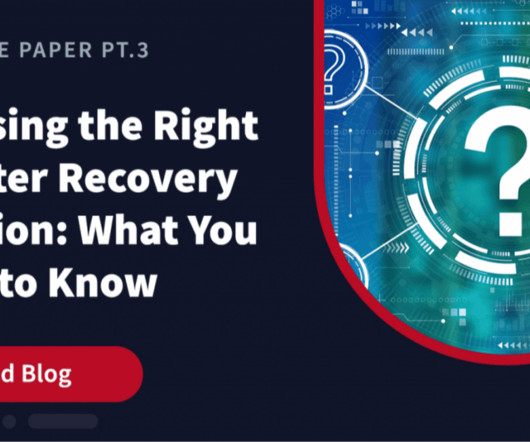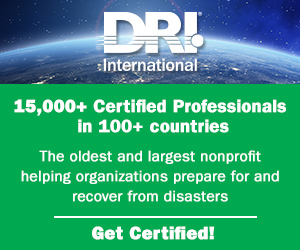The State of DR and Cyber Recovery – Part 3: Choosing the Right Disaster Recovery Solution
Zerto
SEPTEMBER 5, 2024
This post is the third in a series of three that explores some insights from the IDC white paper, sponsored by Zerto— The State of Disaster Recovery and Cyber Recovery, 2024–2025: Factoring in AI ¹. In part-1 , we looked at the top reasons for data loss and some ways to address them, while in part-2 we focused on the top disaster recovery challenges faced by organizations.
















Let's personalize your content